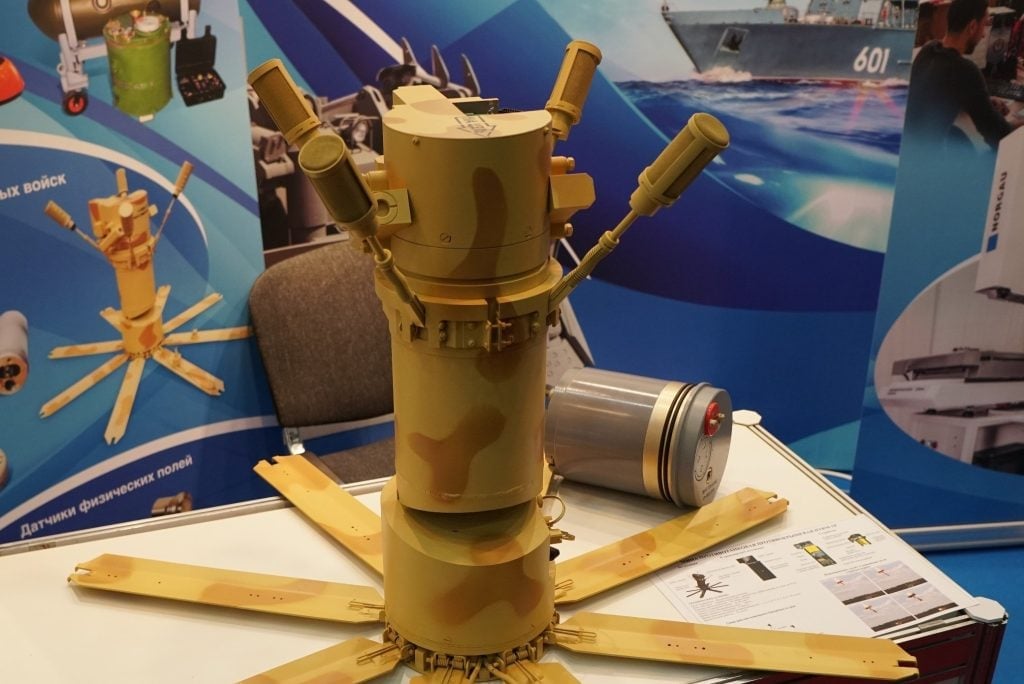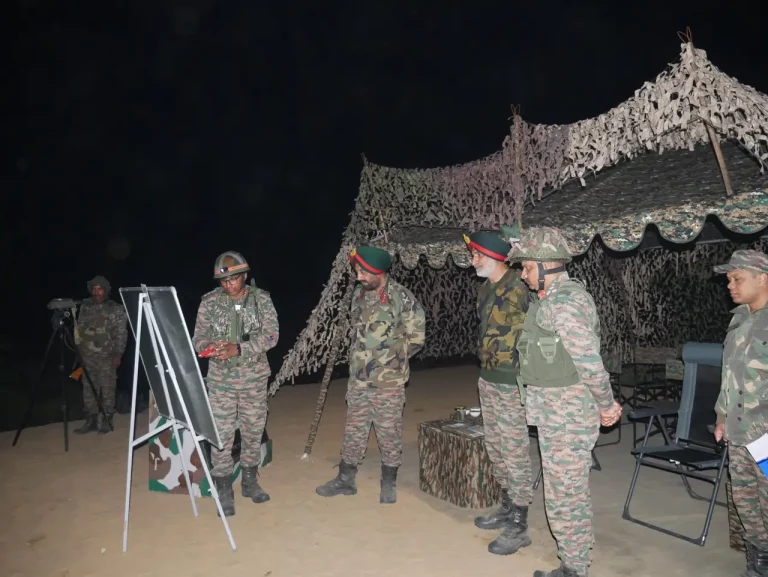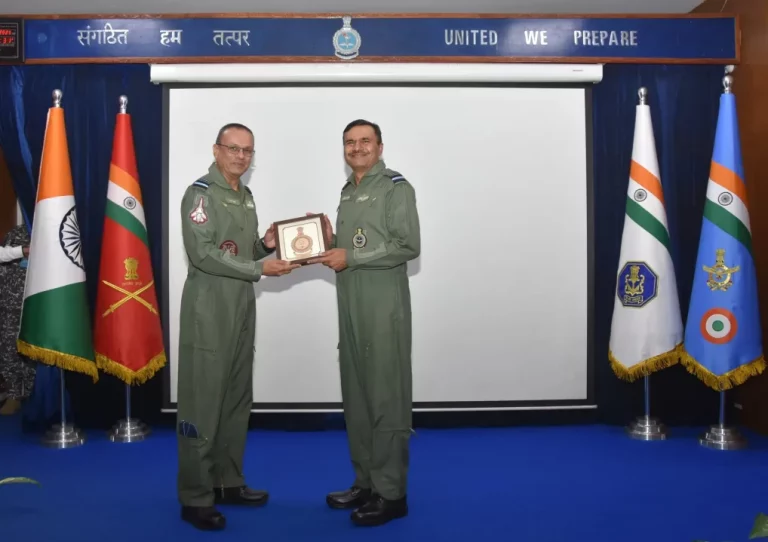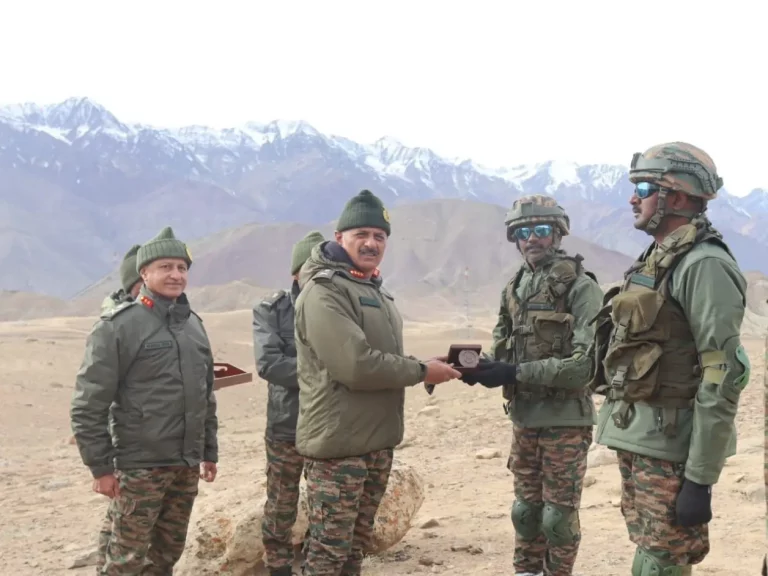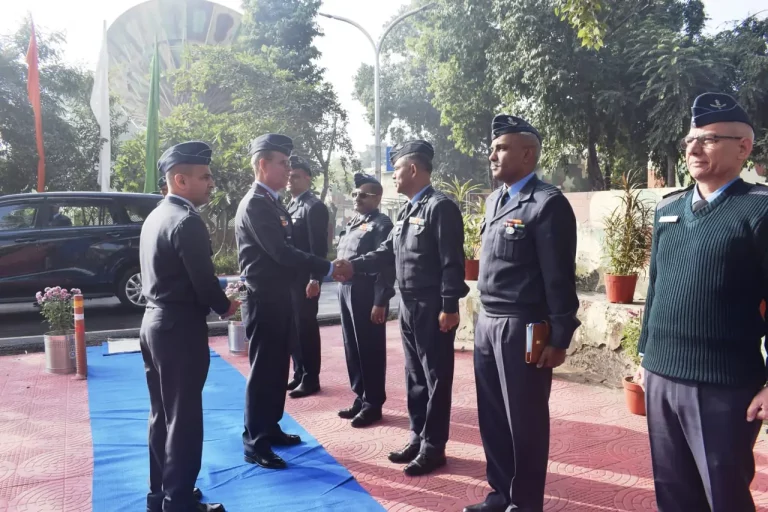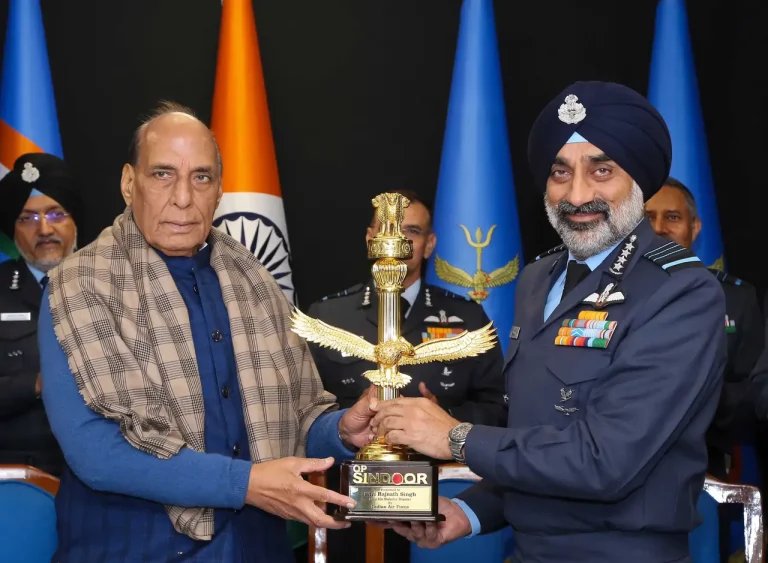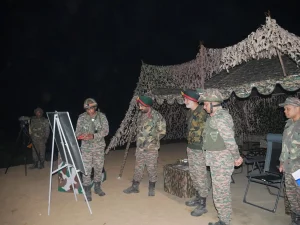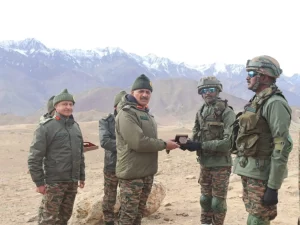In a pivotal enhancement of India’s border security, the Indian Army has launched a Request for Information (RFI) for the acquisition of 4,000 top-attack anti-tank mines. This initiative is aligned with the government’s Buy (Indian)/(Indian-IDDM) and Buy & Make (Indian) categories as outlined in the Defence Acquisition Procedure (DAP) 2020, further reinforcing the Atmanirbhar Bharat vision aimed at achieving self-reliance in defense manufacturing.
Top-attack mines signify an evolutionary leap in land warfare capabilities. Unlike conventional mines that trigger detonation upon contact with a vehicle’s undercarriage or tracks, these advanced munitions possess the ability to detect and engage targets from above, effectively exploiting the vulnerabilities of armored vehicles. Featuring a sophisticated array of seismic, acoustic, and infrared sensors, these mines can accurately identify, track, and neutralize enemy armor with remarkable precision.
This procurement initiative coincides with heightened regional tensions, particularly along India’s borders with China and Pakistan. Military planners are increasingly emphasizing the modernization of India’s defense posture in sensitive areas, including eastern Ladakh and the Line of Control (LoC). The RFI builds on previous efforts to enhance India’s deterrent capabilities, including the introduction of domestically produced anti-personnel and anti-tank mines in 2021, as well as deploying logistical support assets suitable for high-altitude operations.
While the RFI does not specify a particular model, defense insiders suggest that the Indian Army is likely interested in capabilities akin to Russia’s PTKM-1R mine. Featured prominently in the Ukraine conflict, the PTKM-1R employs a combination of seismic and acoustic sensors to detect approaching vehicles before launching an explosively formed penetrator (EFP) to strike from above. This reference underscores the advanced capabilities India aims to replicate or enhance.
Indian defense manufacturers are poised to respond to this announcement, with companies such as Reliance and Bharat Forge previously indicating their interest in producing advanced munitions. Despite the limited quantity of the order raising concerns about economies of scale, experts believe this RFI could potentially lead to a larger procurement initiative contingent on successful trials.
Furthermore, this move indicates a broader adaptation to shifting battlefield dynamics. As modern tanks increasingly incorporate countermeasures like cage armor designed to thwart top-down assaults, innovation in munitions becomes crucial. Indian military strategists seem determined to remain at the forefront of this arms race by investing in advanced, sensor-fused munitions capable of breaching such defenses.
Some analysts speculate that the timing of the RFI is strategically linked to contingency planning within sensitive regions like Pakistan-occupied Kashmir (PoK). Though there has been no official statement confirming this, the Indian Army’s renewed focus on area-denial weapons hints at a preparedness for high-intensity mechanized warfare.
This emphasis on domestic production aligns with India’s strategic objective to lessen dependence on foreign suppliers while cultivating a robust defense industrial base. As regional geopolitical tensions continue to evolve, the development and deployment of top-attack mines could play a crucial role in fortifying India’s deterrence strategy in South Asia.
